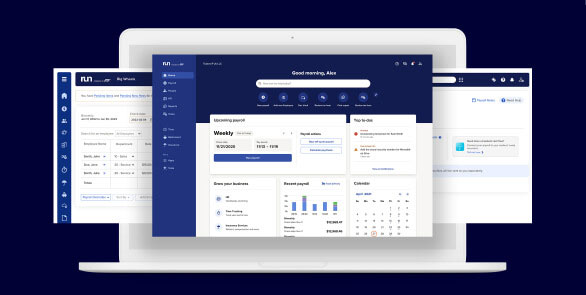A raise in salary is one way to reward valued employees and retain their services. On the other hand, it is important to ensure that raises are applied fairly and do not lead to pay gaps among employees. Crucial to achieving this objective is knowing how to create compensation plans and calculate salary raise percentages.
Table of Contents
Criteria for salary increase
Employers generally do not give raises arbitrarily. Instead, they create a compensation plan that accounts for various criteria, including:
- Budgets
Fluctuations in revenue streams will often dictate the amount of raises an employer can afford to provide employees. - Employee performance
Employees who meet or exceed goals, take on new job responsibilities or directly contribute to the company's success may be rewarded for their efforts. - Loyalty or tenure
It’s not uncommon to increase compensation levels for employees who reach certain career milestones or work anniversaries, e.g., 10 years of service. - Cost of living
Cost of living raises, often based on the consumer price index (CPI), help ensure that employees can continue to afford goods and services in their area. - Qualifications
A newly acquired skill, degree or certification sometimes merits a raise in income. - Market rates
It’s generally considered best practice to research the median pay rates for similar positions in a particular industry or geographic region.
Flat rate increase versus percentage raise
A flat rate raise means the employer increases an employee’s total salary by a specific dollar amount, e.g., an additional $2,000 per year or $250 per month. A percentage-based raise, in contrast, is calculated as a portion of an employee’s existing salary, e.g., 2% of $50,000. Either form is acceptable with salaried employees, though percentage increases can make it easier for management and finance teams to create budgets.
How to calculate raise percentage
Calculating a raise as a percentage of an employee’s salary is as simple as these steps:
- Convert the percent increase to a decimal number
- Multiply the decimal amount by the current salary
- Add the result to the old salary
Example of how to calculate salary increase percentage
An exempt employee earns $65,000 per year and receives a 4% raise. What is this individual’s new annual salary?
- $65,000 x 0.04 = $2,600 raise
- $65,000 + $2,600 = $67,600 new salary
An alternate, simplified method is to add 1 to the decimal amount of the salary increase and multiply it by the current salary, e.g., $65,000 x 1.04 = $67,600.
Other benefits to consider
Sometimes, due to budget constraints or other factors, employers can’t give employees the salary increase they desire, even if they exceed expectations. There are, however, different ways to reward and retain top performers. Such tactics at employers’ disposal include:
- Bonuses
- Expanded benefits packages
- Flexible work arrangements
- Increased paid time off (PTO)
Frequently asked questions about salary raises
How often should employers give raises?
The frequency of raises is subject to the discretion of employers and how competitive they want to be with their compensation strategies. Some will offer annual raises, often during a performance review, while others may increase salaries or wages only after employees achieve specific goals.
How much is a 2% increase in salary?
To determine the equivalent of a 2% raise, multiply 0.02 by the employee’s existing base salary.
This guide is intended to be used as a starting point in analyzing how to calculate salary wage percentages and is not a comprehensive resource of requirements. It offers practical information concerning the subject matter and is provided with the understanding that ADP is not rendering legal or tax advice or other professional services.






